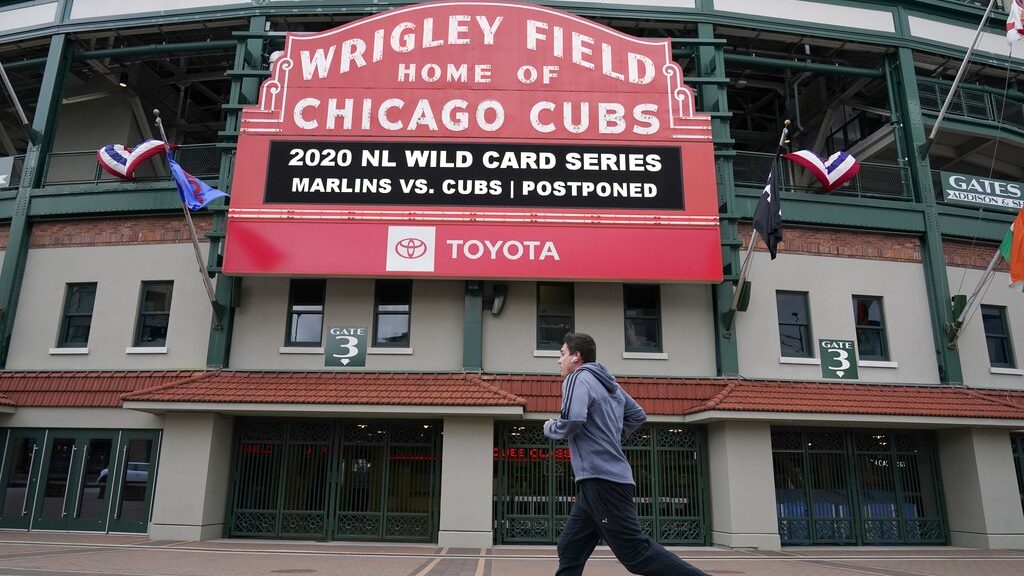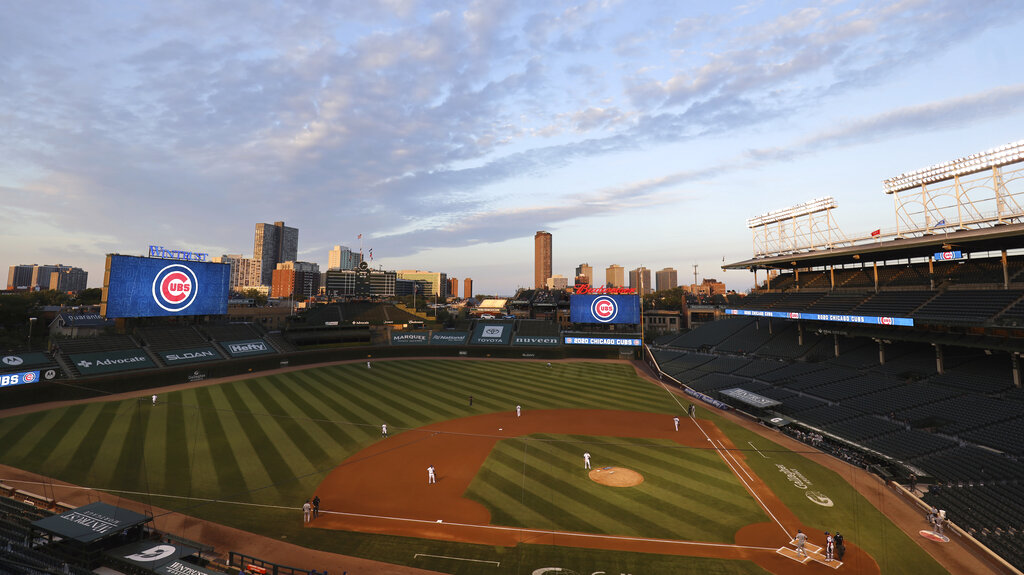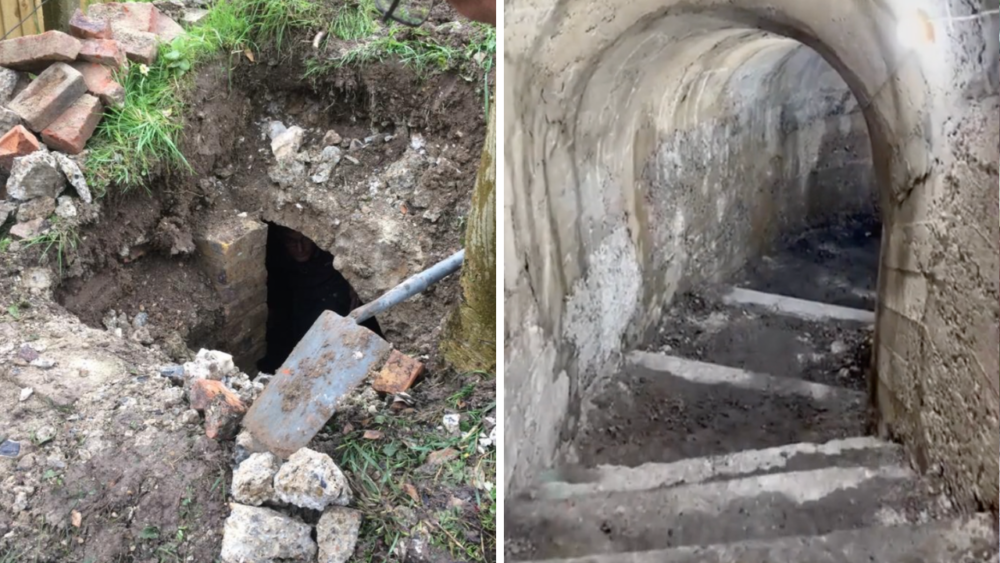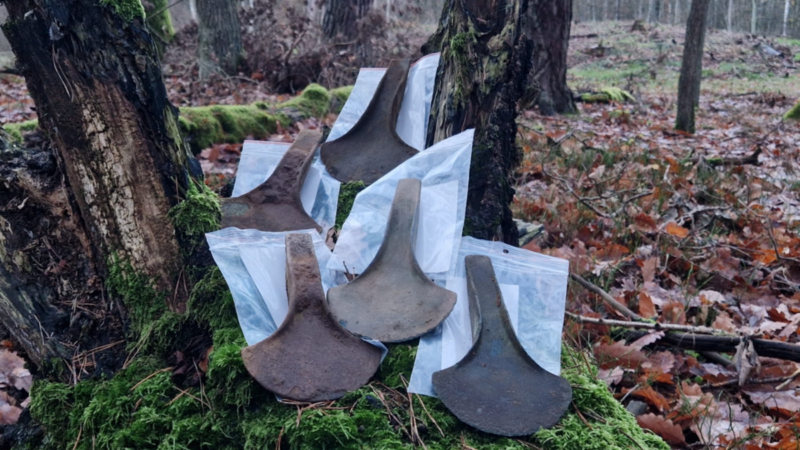Chicago’s Wrigley Field is now a National Historic Landmark—Here’s what that means

Wrigley Field has been a lot of things over its 106-year history. Mostly notably, the iconic ballpark has served as the home field for the Chicago Cubs and baseball greats like Ron Santo, Ernie Banks and Sammy Sosa. Wrigley Field also hosted the first-ever tryouts of the All-American Girls Professional Baseball League, and, between 1921 to 1970, it was home to the Chicago Bears, too.
Now, the stadium — which has been a treasured place for generations of Cubs fans and played a major role in the history of baseball — is a newly minted-National Historic Landmark.
“The historical significance of Wrigley Field is interwoven into our nation’s story and a key part of what has become America’s beloved pastime for over a century,” U.S. Secretary of the Interior David L. Bernhardt said in a news release. “It is with great enthusiasm that I designate this iconic national treasure, the site of many legendary events, innovations and traditions in baseball history, as a National Historic Landmark.”
The Chicago Cubs are celebrating the honor, as noted in this recent tweet:
Wrigley Field has been designated as a National Historic Landmark, affirming its significance to the city of Chicago, professional sports and American history and culture.
A Hall of Fame recognition that will preserve the Friendly Confines for generations of fans to come. pic.twitter.com/6AD5MUtLNF
— Chicago Cubs (@Cubs) November 19, 2020
The National Historic Landmark designation is given to buildings, sites, structures, districts and objects that are determined by the Secretary of the Interior to be significant in American history and culture. In all, there are almost 2,600 of these sites throughout the country, including Mount Vernon, Pearl Harbor, the Apollo Mission Control Center, Alcatraz and the birthplace of Martin Luther King, Jr.
As CNN points out, the landmark status will give the Ricketts family, owner of the Chicago Cubs, access to income tax credits for renovations. Without direct tax dollars, the family and the Cubs organization spent $1 billion to renovate the stadium and revitalize the area beginning in 2014. Now, with the new designation, they could get back millions in tax credits, according to an analysis from Yahoo Sports. In 2019, a Cubs spokesperson told the Chicago Tribune the return amount was expected to be between $100-125 million.

Wrigley Field was built in 1914, and it became the home of the Chicago Cubs in 1916. It’s the second-oldest ballpark in Major League Baseball. As a National Historic Landmark, Wrigley Field is also automatically added to the National Historic Register of Historic Places (NRHP).
Fenway Park in Boston, which is two years older, is also on the NRHP — which allowed it access to similar tax credits in 2012. However, Fenway does not have National Historic Landmark status. More than 90,000 locations of community, state, or national importance are listed on the NRHP.
Several ballpark traditions have gotten their start at Wrigley Field, including the custom that allowed fans to keep balls hit into the stands as mementos. Wrigley Field was the first ballpark to have refreshment booths behind the stands and was among the first to embrace broadcasting home games on the radio and then on television.





